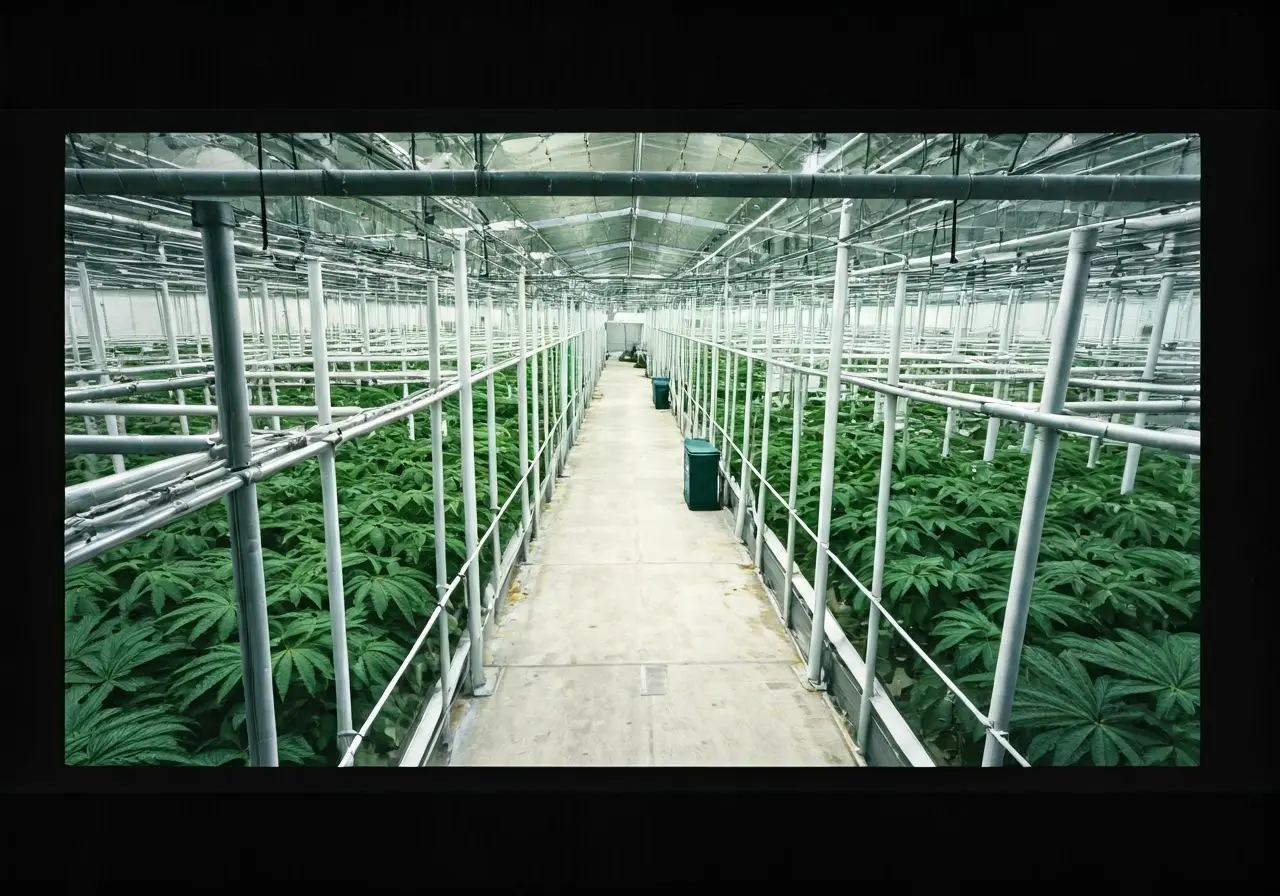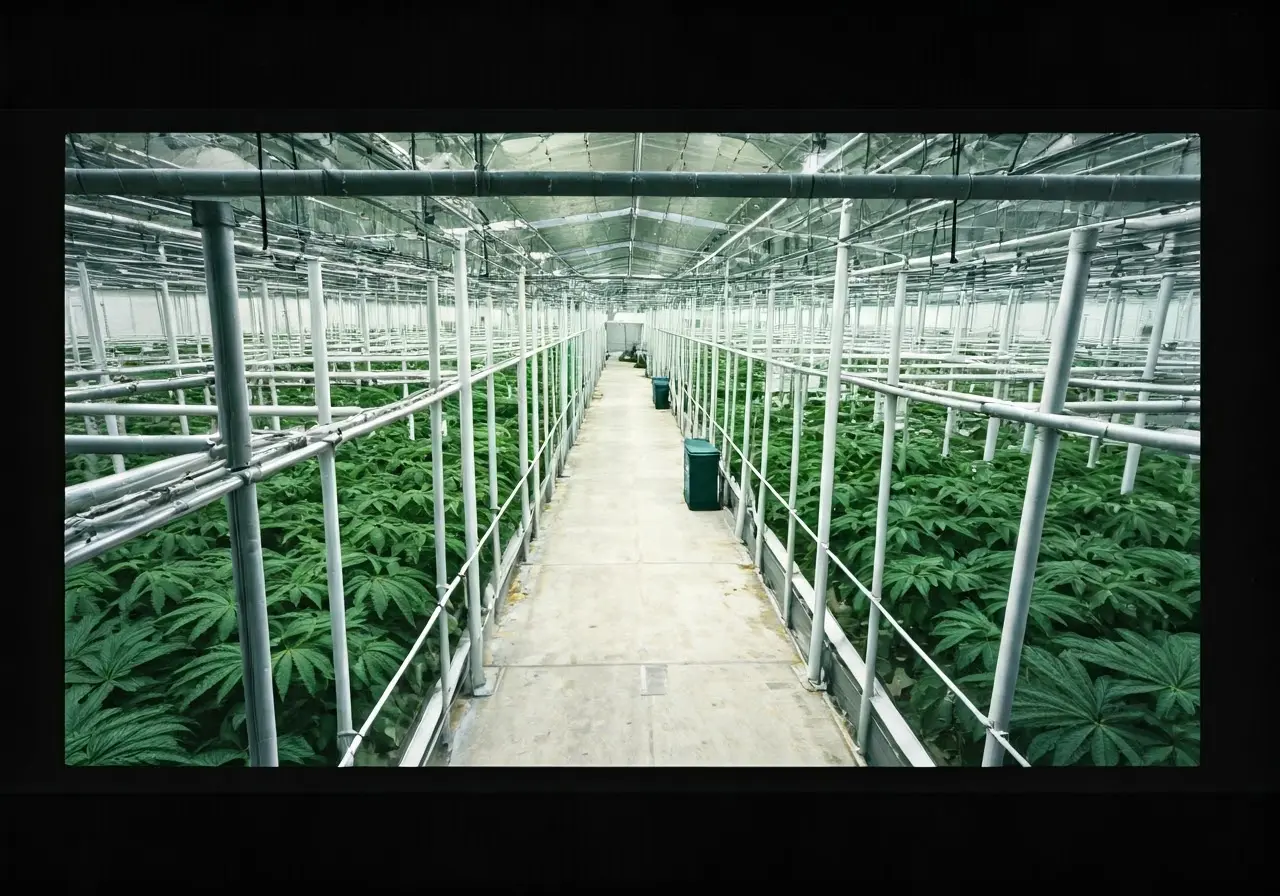Designing a grow facility involves more than just putting up walls and adding plants. It requires careful planning and strategic design to ensure optimal conditions for plant growth. In this blog, we’ll explore the key elements that contribute to an effective grow facility design, making it easier for you to cultivate healthy and bountiful plants.
1. Understanding Spatial Planning
At the heart of a well-designed grow facility is thoughtful spatial planning. This step involves calculating the necessary space for plants, walkways, and equipment. Proper spacing ensures plants receive adequate light and air circulation while also allowing easy access for maintenance and harvesting.
Spatial planning isn’t just about the arrangement; it’s also about maximizing efficiency. Consider the workflow of your facility. Paths should be designed for easy transport of equipment and produce, reducing the time spent on manual tasks. This efficiency helps reduce operational costs and improves overall productivity. Moreover, planning for future scalability is crucial. As your operations grow, having a flexible layout that can accommodate expansion or reorientation could save significant resources and energy.
Another aspect to consider is zoning within the facility. Different plant species might require various environmental conditions. By creating zones, you can tailor each area’s lighting, temperature, and humidity to match the specific needs of each plant type. This zoning approach not only enhances plant health but also increases yield by optimizing conditions for every growth stage.
2. Optimizing Light Exposure
Lighting is crucial for plant growth, so choosing the right type and quantity is essential. Whether you opt for natural sunlight, LED, or HPS lighting, each has its benefits. The key is to ensure even distribution and adjust intensities to match plant needs at different growth stages.
LED lights, for instance, have become highly popular due to their energy efficiency and long lifespan. They provide targeted light wavelengths that match the specific needs of plants, helping them grow more effectively. On the other hand, HPS lights are beneficial for large-scale operations because they emit a broad spectrum of light. However, they consume more energy, which might not be desirable for smaller operations. Balancing these factors to achieve optimal light levels without inflating energy bills is a skill worth mastering.
3. Implementing Effective Climate Control
Temperature and humidity levels directly impact plant health. Effective grow facility design involves integrating climate control systems that regulate these factors. Using thermostats and dehumidifiers ensures plants thrive in a stable environment, regardless of external weather conditions.
Advanced climate control systems can monitor and adjust conditions in real-time, adapting to the changes in weather and plant requirements automatically. This ensures constant temperatures and humidity levels, reducing the stress on plants and enabling them to grow steadily. Moreover, implementing a robust climate control strategy can also help mitigate the spread of plant diseases, which thrive in uncontrolled environments.
Incorporating cutting-edge technology such as smart sensors and automation systems further enhances climate management in grow facilities. These technologies provide valuable data insights, allowing you to tweak climatic conditions for maximal plant growth. With such technology, not only does plant productivity increase, but you also gain the benefit of conducting fewer manual interventions, saving labor costs.
4. Navigating Ventilation Solutions
Good air flow removes excess heat and humidity, preventing mold growth and promoting healthy plants. Incorporate fans and ventilation systems to maintain air movement and exchange, keeping the environment fresh and conducive for plant growth.
When designing ventilation systems, it’s important to consider both intake and exhaust options. Intake systems bring fresh air into the facility while exhaust systems help in expelling stale air filled with excess CO2 and unwanted pathogens. Proper enforcement of both intake and exhaust solutions ensures that the air quality remains optimal for plant development.
Ventilation can also be enhanced through the strategic use of green infrastructure techniques. For instance, vertical gardens can act as natural air purifiers, improving indoor air quality while also contributing to a cooler environment. Approaching ventilation from both technological and natural perspectives provides a holistic solution ensuring the long-term success of your grow facility.
5. Choosing the Right Growing Medium
The choice of growing medium can significantly affect plant health. Whether using soil, hydroponics, or soilless mixes, each comes with its pros and cons. Your decision should depend on the plant types, available resources, and your specific operational goals.
Soil has the advantage of holding nutrients and moisture well, making it a traditional choice for many growers. However, it can also harbor pests and diseases. Meanwhile, hydroponic systems offer precise nutrient control and can result in quicker growth cycles, but they demand a more technical understanding and higher initial investment. Lastly, soilless mixes, such as coco coir, provide good moisture retention and aeration, reducing the risk of root diseases.
6. Utilizing Efficient Irrigation Systems
Efficient water delivery is critical in grow facility design. Drip irrigation systems, for example, offer precise water control, reducing waste and ensuring plants receive the right amount of moisture. Consider your grow operation’s size and scale when choosing an irrigation method.
Another innovative approach to irrigation includes aeroponics, where water and nutrients are delivered in a mist form directly to the plant roots. This method not only conserves water but also ensures that plants receive an equally distributed supply of nutrition, helping to maintain healthy and robust growth over time. These advanced systems can revolutionize how plants are nurtured by minimizing resource waste and maximizing output.
7. Implementing Integrated Pest Management
A successful grow facility should also plan for pest management. Integrated Pest Management (IPM) strategies help mitigate pest issues without relying heavily on chemical pesticides. This approach keeps plants healthy and produces safer yields for consumption.
IPM involves a multi-layered strategy, including cultural, physical, biological, and chemical measures. Cultural controls focus on proper sanitation and crop rotation to prevent pest build-up. Physical barriers, such as nets and traps, deter pests physically. Additionally, introducing beneficial insects that prey on harmful ones can naturally reduce pest populations.
Embracing biocontrol methods like natural predators and biopesticides can be especially effective in keeping pests at bay. Such measures involve minimal chemical usage, promoting an eco-friendly and sustainable approach to pest management. This not only safeguards plant health but also aligns with environmentally conscious cultivation practices.




